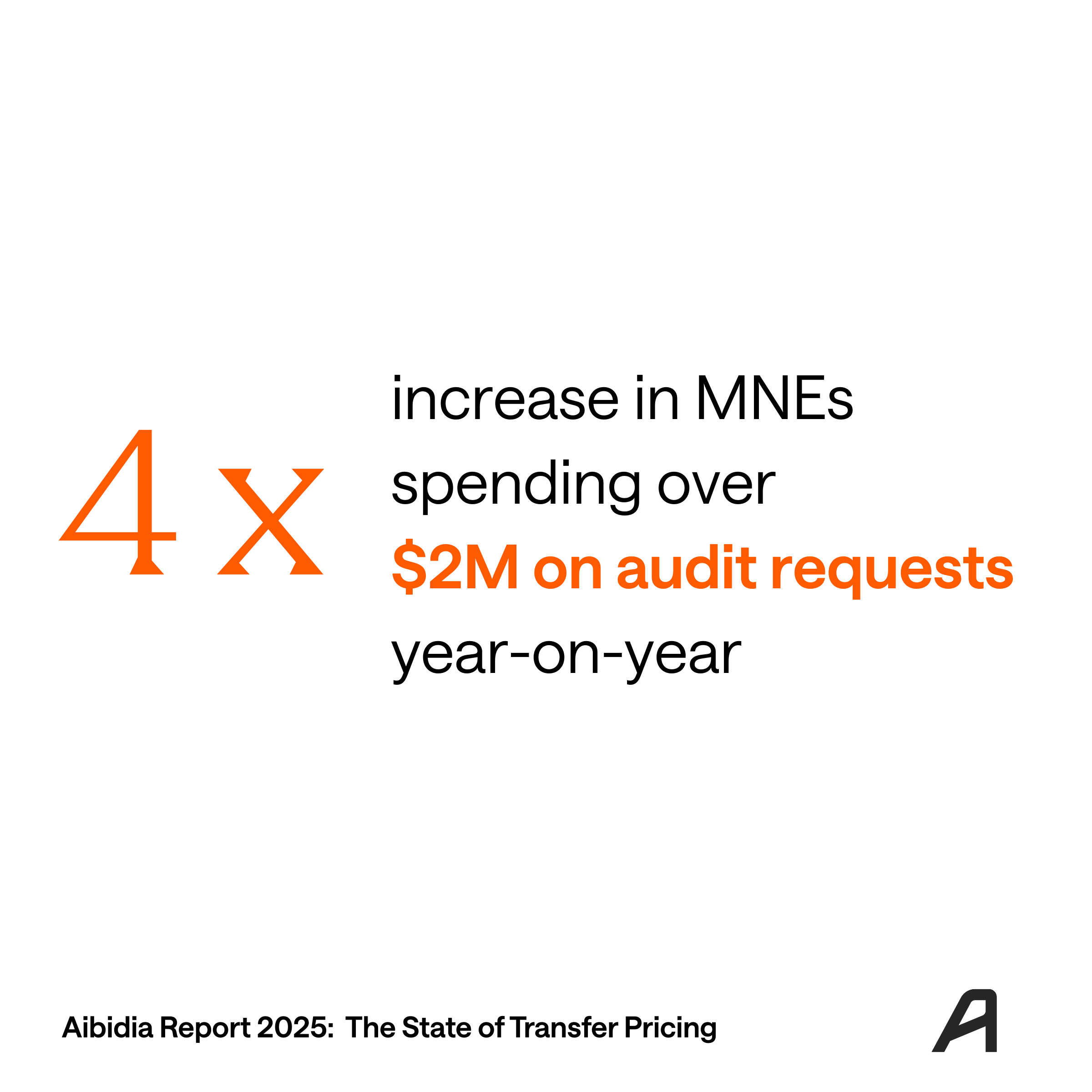One of the typical questions we often hear when talking to MNEs that are used to outsourcing TP compliance but are considering switching to insourcing with technology is how to determine which legal entities in the group require TP documentation and how to prioritize the documentation preparation. The answer may seem quite simple – to check the local regulations of each jurisdiction where the group has a presence. However, there are a few things worth paying attention to.
The first thing to check would naturally be the general requirements or thresholds, sometimes referring to the MNE group’s (not the local legal entity’s!) turnover, total assets and/or a number of employees. The requirement may apply to TP documentation in general or separately to the Local file and Master file. An example of thresholds is EUR 50 million turnover, EUR 43 million total assets, and 250 employees for the MNE group (e.g. Finland, Estonia). A threshold may also refer to the total value of intercompany transactions – e.g. EUR 6 million for transactions with foreign related parties in Germany. Thresholds are also connected to the concept of documentation safe harbours. For example, small and medium enterprises (SMEs) are excluded from the TP documentation compliance requirements in many European Union countries.
Nevertheless, it usually doesn’t mean they are allowed to execute transactions at non-arm’s length prices. Instead, SMEs do not have to prepare and submit the documentation but are still obliged to comply with the arm’s length principle. Several types of thresholds and safe harbours are summarized in the illustration:

If the thresholds are met – TP documentation (Local file or both Local and Master file) needs to be prepared. The next thing to check would be whether there is a submission requirement, i.e. does the local entity have to submit TP documentation to the tax authorities and by when, or does the taxpayer only has to prepare and maintain the documentation. Often submission requirements would also depend on the thresholds, e.g. the total value of controlled transactions (e.g. EUR 5 million for the Local file and EUR 15 million for the Master file in Latvia).
When there is no submission requirement, and the documentation must be provided only on a request basis, it may seem that preparing TP documentation is not a high-priority task and may be postponed. Here it is recommended to check the deadline for a taxpayer to provide TP documentation upon tax authorities’ request. In some jurisdictions, a taxpayer would have enough time – e.g. 60 (Finland) or even 90 days (Canada) – to prepare required documents from scratch, while in others, the timeline is much tighter – e.g. 7 days (Poland). It is then worth having TP documentation prepared in advance for legal entities incorporated in jurisdictions with the tightest deadlines. Generally, even 30 days is not enough to prepare a good transfer pricing documentation package from scratch.
The last thing to check would be whether local regulation allows for a limited analysis for some categories of transactions. For example, domestic transactions (i.e. between 2 legal entities located in the same jurisdiction, for example - Sweden) and immaterial transactions (Norway) may be exempt from complete economic analysis. In such a case listing such transactions in Local files can be sufficient for compliance purposes.
Finally, it is essential to remember that only original legislation can be considered a reliable source of information. Reviews of reputable consultancies can be a good starting point. Still, changes to local legislation may have been introduced after those had been published, so the information is not up to date. Make sure you have an up-to-date source of transfer pricing documentation requirements. At Aibidia, we have a localization feature which summarizes the transfer pricing documentation requirements and is kept up to date by our transfer pricing experts:






%20(2).png)



.png)

.png)
.png)






.svg)
